Brand Values Nordic Campus
Part of the Nordic Campus formula is working with so-called Brand Values.
The Nordic Campus Brand Values serve as an assessment framework for the development of the various campuses. This therefore has a major impact on the way in which themes such as public space, architecture, design, the socio-economic domain as well as communication about all these themes are dealt with.
The basis for the storytelling is therefore also developed on the basis of these Brand Values; the added values of the place that must be reflected in both the offering and the stories about it, as well as in its recognisability.
The words, the explanation of the words & the connection between the different words together form the Brand Values. In context, they must be able to explain the distinction and the added value compared to other campuses...
1. Sense of Place
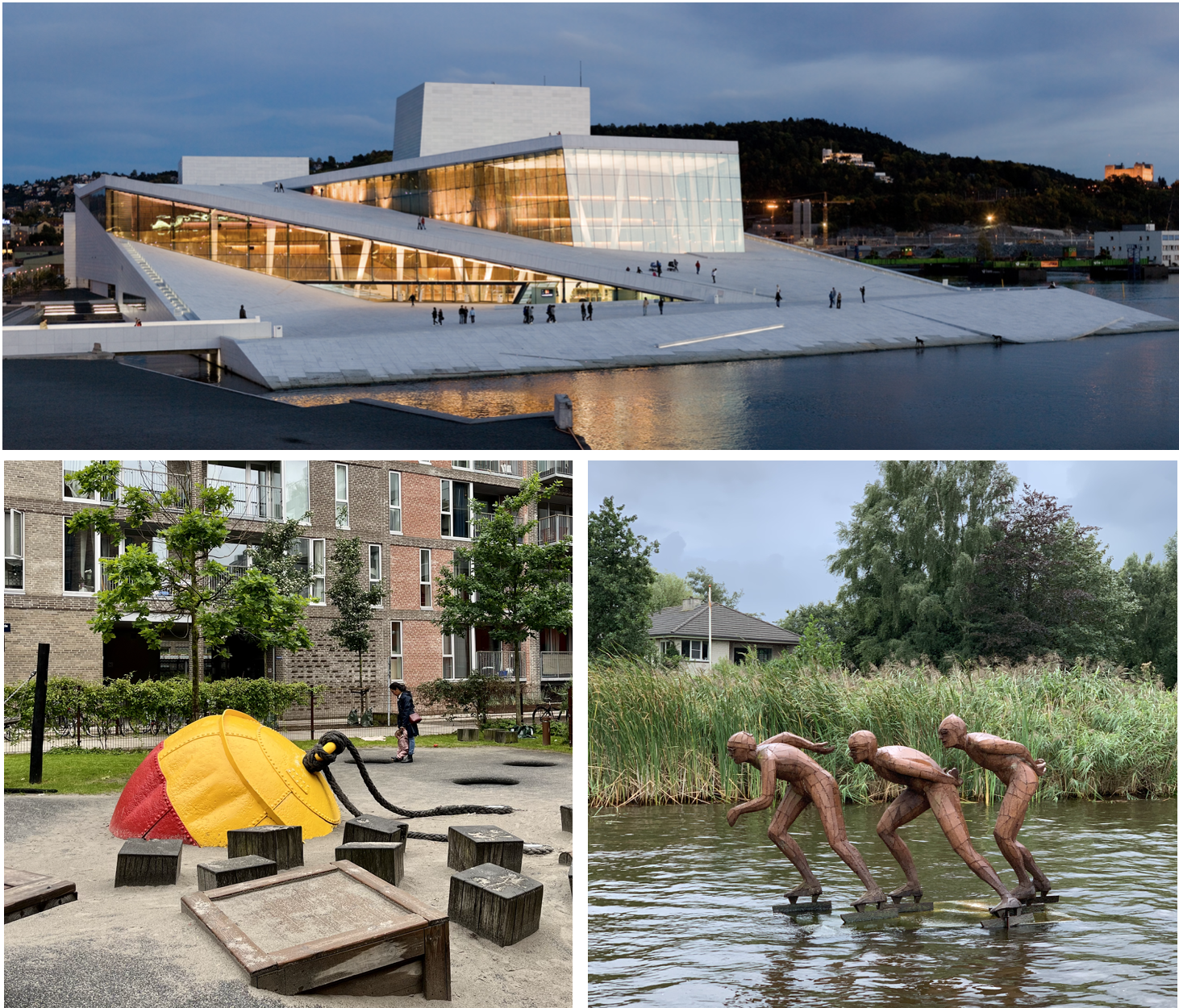
Where are you? Which elements of the region can be found on campus? On the Nordic Campus you experience where you are. If you were placed blindfolded in the building and had to guess where you are, you would know right away! A campus that makes use of local qualities, culture and local business. All senses are stimulated to let you know where you are. The Nordic Campus is the first to really make a difference!
2. Sense of Season
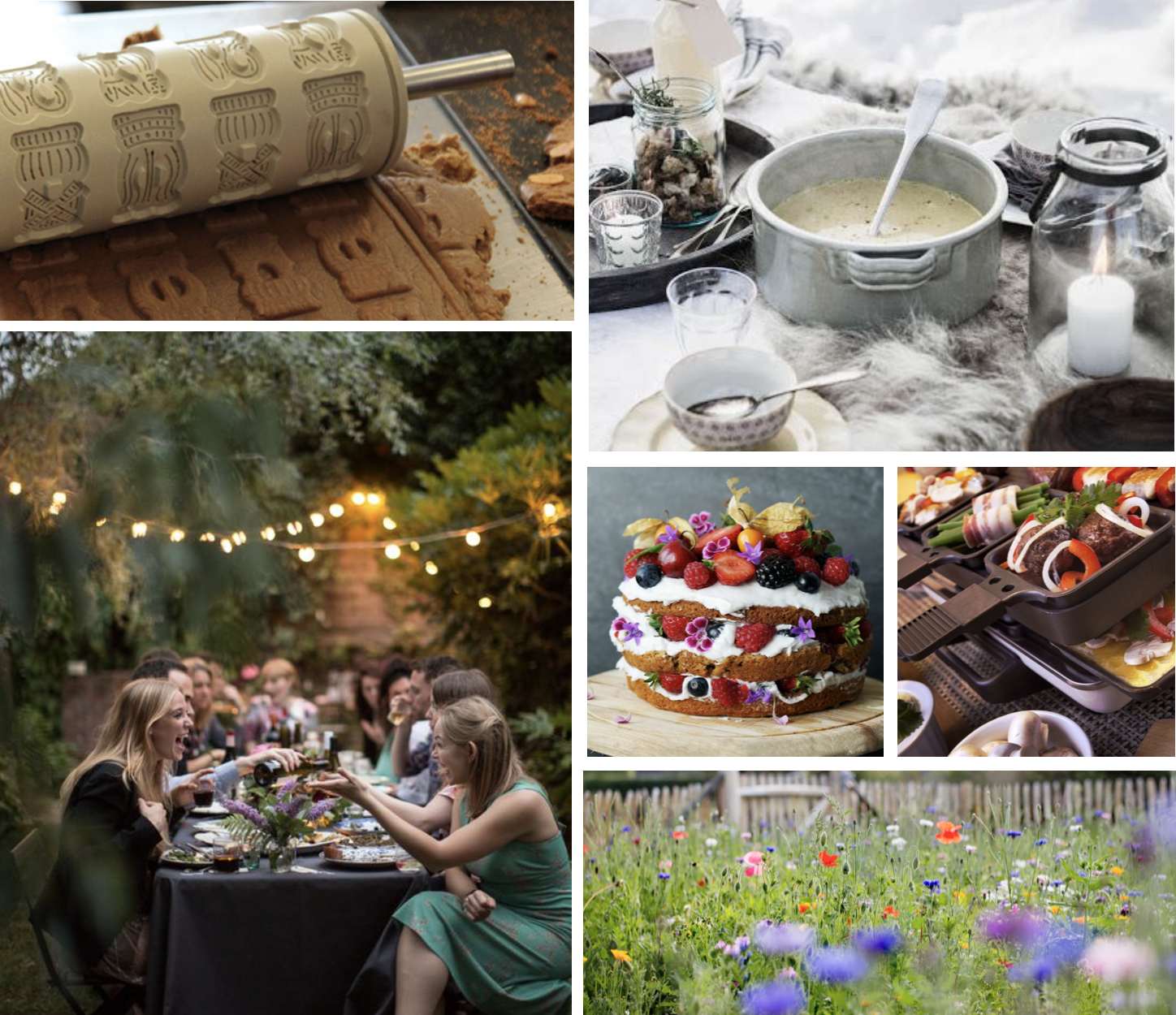
The Nordic Campus takes the climate and therefore the change of seasons into account. These are noticeable on campus and you can even look forward to the next season. To achieve this, we think modularly and flexibly (as is the case with festivals, for example).
In winter you find a cozy spot under an awning, on a woolen coat with mood lighting and a fresh pumpkin soup, while in summer you drink your 'watermelon smoothie' among the field flowers on a garden bench. Consider the landscaping, the catering industry, the indoor and outdoor furniture and the decoration of the campus. They are indicators that a new season has begun. We know from studies in environmental psychology that these types of stimuli keep you fresh and can combat 'seasonal blues'.
The seasons within the campus are also marked (exams, open days, etc.).
3. Sense of Culture

The Nordic culture is leading (North-West European way of looking at the world. So emphatically not Anglo-Saxon/corporate). We apply this to everything.
So, for example, how hierarchy is viewed, work pressure, health, collaboration, interaction with each other, sustainability, etc. With every new project to be developed, we ask ourselves what the important principles in our culture are compared to other cultures. and therefore dare to name and express that difference.
Appreciation for one's own culture, learning to understand one's own culture better and pride in our culture. International students learn how we view the world). At the same time, you learn that things you take for granted are not self-evident everywhere. This also gives you more understanding and respect for other cultures.
4. Sense of Vitality
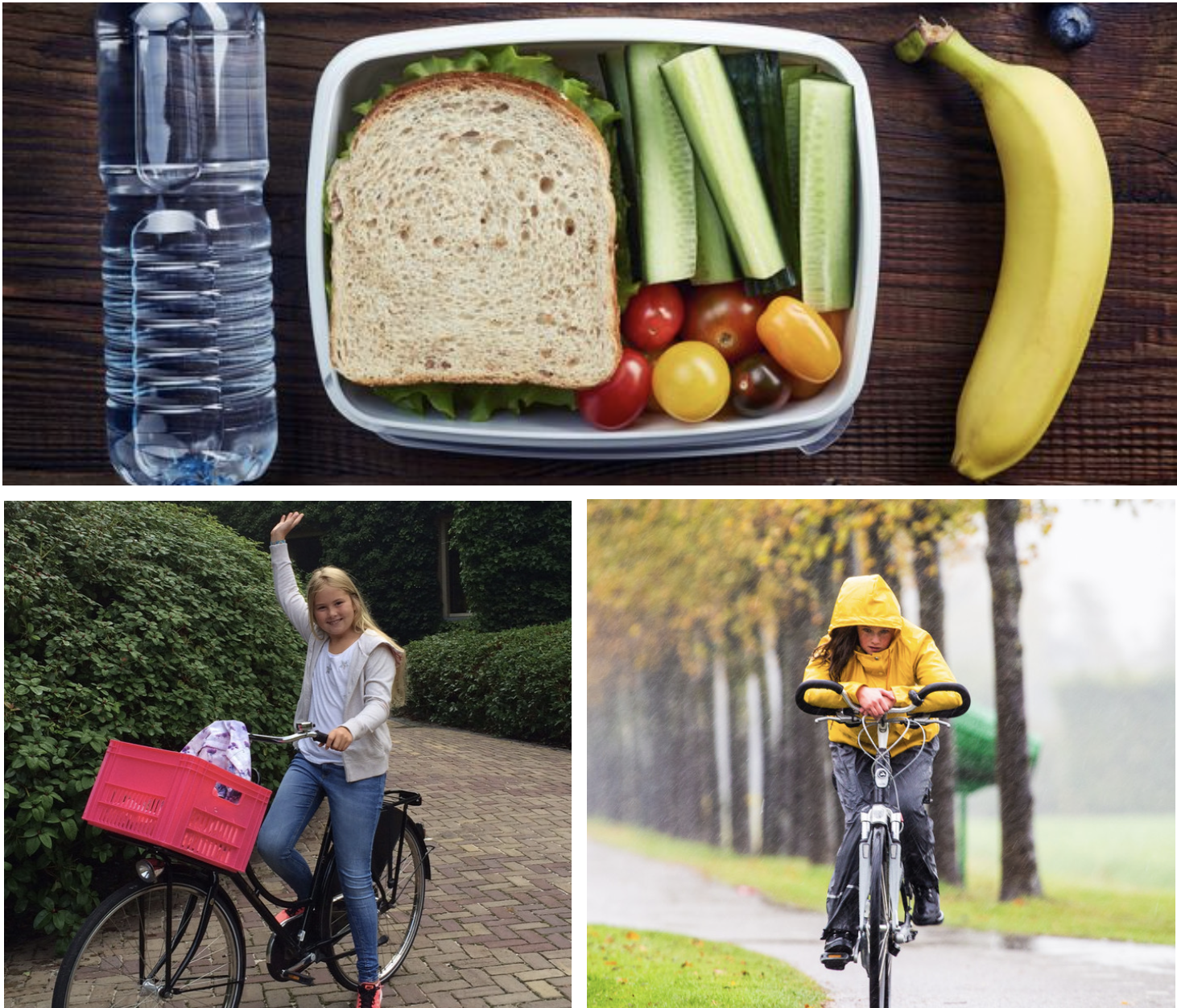
The way in which dealing with vitality is 'taken for granted' in our culture. Children go to school or sports by bike. We also do our shopping by bike. We want balance in work and free time. The workload and performance pressure are compensated by a high number of days off. More and more attention is being paid to the happiness and vitality of employees. Employers have 'benefits' for employees in the form of a company bicycle (bicycle plan), a sports subscription or massages in the workplace.
School canteens, sports canteens and work canteens are increasingly offering healthy food. The smoking ban is being increasingly implemented. There is increasing attention to stress reduction.
How do we ensure that we always make the healthiest choices for students and employees on campus?
The context must trigger you to personal development and take good care of yourself. Of course to the latest insights!
5. Sense of Future
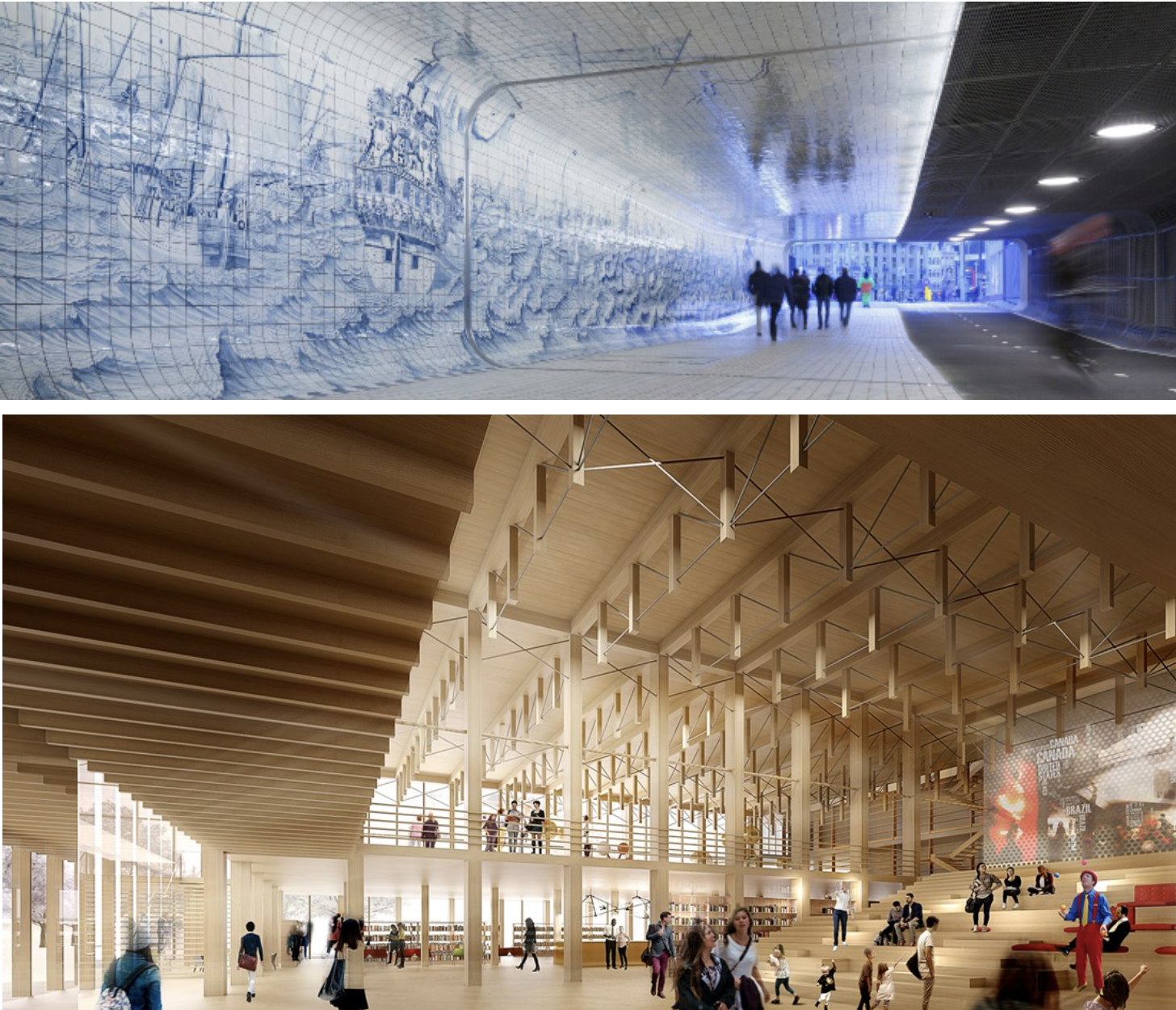
What from the past do we take with us into the future? Old crafts that are still current, things that have been further developed and completely new things.
This also means that every adjustment on campus must be investigated:
- Awareness of the changing spirit of the times. We must lead the way!
- What trends and developments are happening in society that we can respond to and/or offer a solution for?
- Which regional matters are good enough to apply in their current form or in their renewed form?
- What regional new developments are there that we can take advantage of?
- What are the most innovative materials and techniques and can we apply them? Can we be a pilot for innovative things?
- What knowledge is there from environmental psychology about the component to be developed? Which studies can we use or can we have our own research done?
- Flexibility is very important here
- Future-proof development: development back in time (man on the moon)!
6. Sense of Cooperation
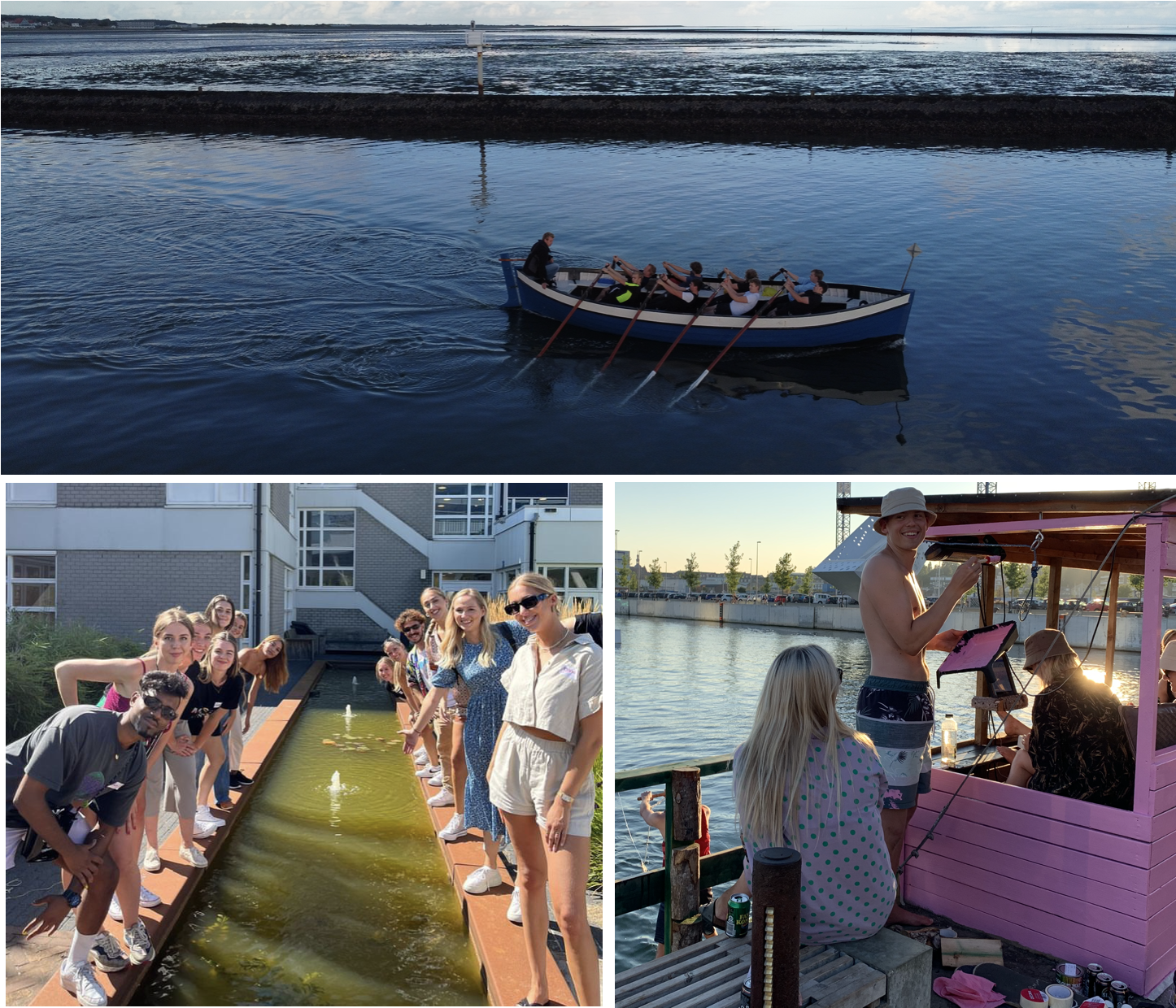
The environment invites people to work together. Between students within one course of study, but also across courses between students, between students and teachers and between students and the regional business community. The University and the municipality. Facilitating these collaborations and demonstrating these collaborations (storytelling) is one of the important tasks of the Nordic Campus.
7.Creating memories
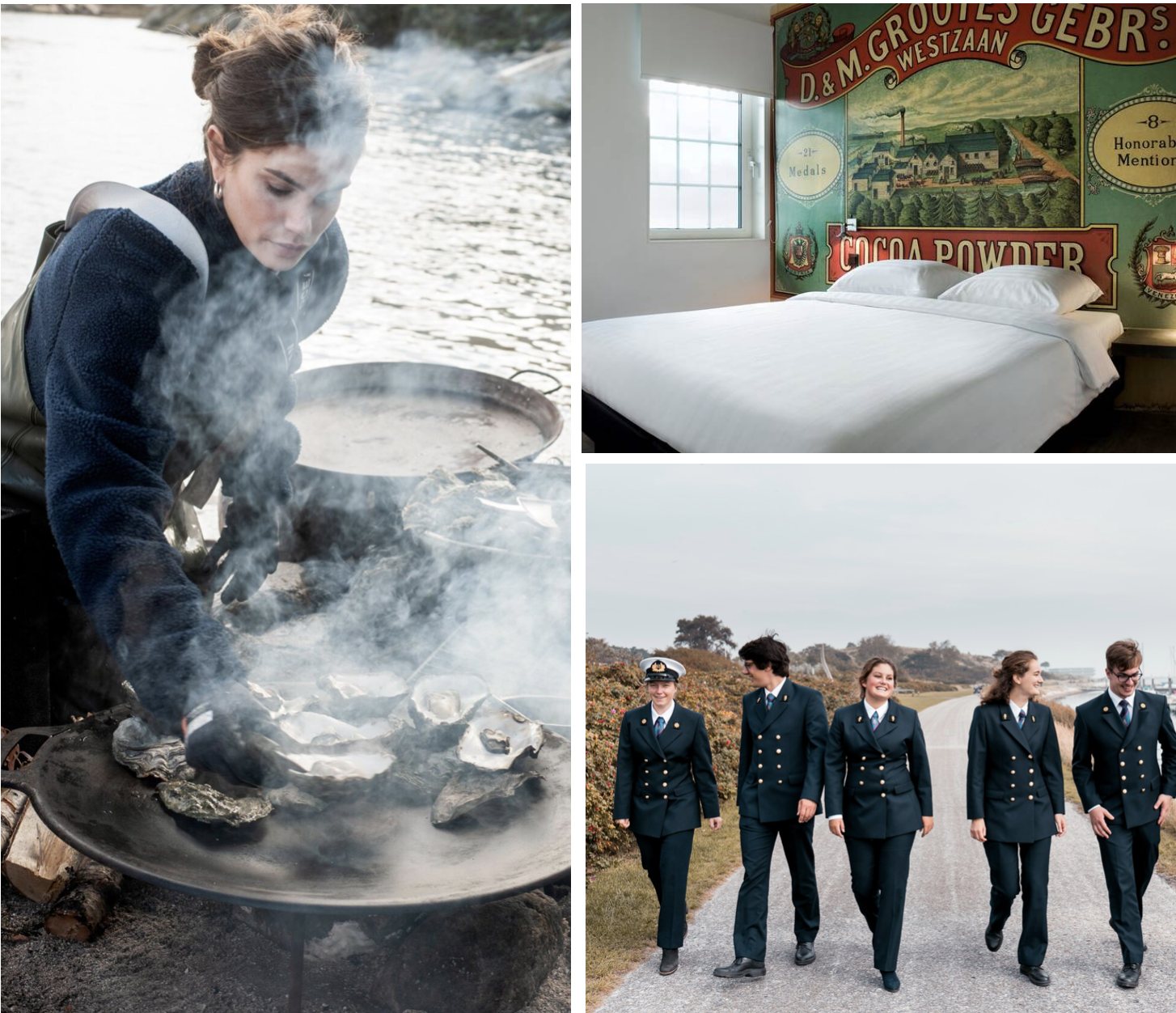
Creating a place where indelible memories can be created. Events are best remembered in recognizable places. We therefore organize the context within which memories are created and within which as many positive associations as possible are created. This means that we use all the knowledge that exists on this subject again and again and apply it.
We therefore use technology to stimulate all the senses on campus so that we create an optimal climate for creating memories.
If we have applied the other 6 Brand Values correctly, 'Creating Memories' is a consequence. It is therefore a good final assessment criterion.
